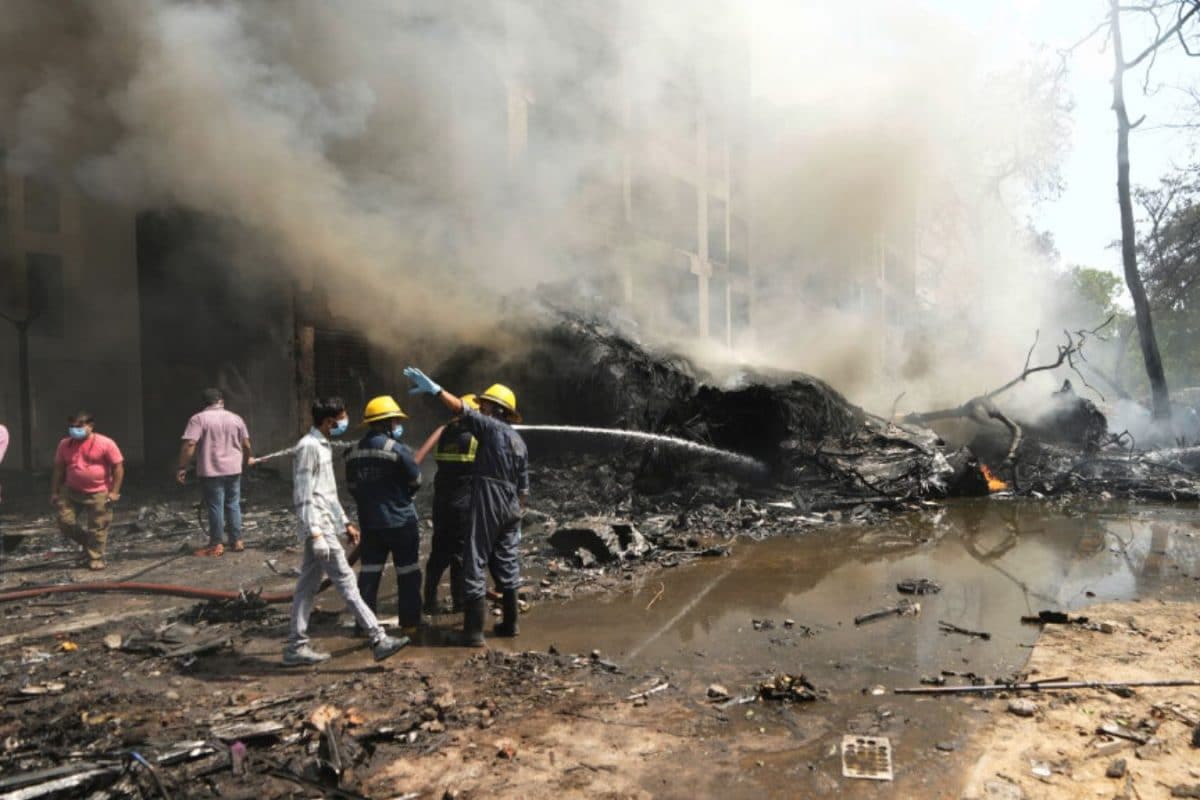

On June 12, 2025, Air India Flight AI-171, a Boeing 787-8 Dreamliner en route from Ahmedabad to London Gatwick, crashed shortly after takeoff, resulting in a devastating loss of life. The crash, which occurred approximately 30 seconds after liftoff, claimed the lives of 241 passengers and crew onboard, as well as 19 people on the ground, and injured 67 more. The incident has sent shockwaves through the aviation industry, prompting investigations and raising serious questions about the possible causes of the tragedy.
Initial reports indicate that the aircraft experienced a sudden loss of power and thrust. The pilots issued a mayday call, reporting their predicament to air traffic control. The aircraft, fully loaded with fuel, rapidly lost altitude, crashing into a student hostel near the airport, leading to a massive explosion.
The Aircraft Accident Investigation Bureau (AAIB) of India is leading the investigation, with assistance from the U.S. National Transportation Safety Board (NTSB). Investigators have been meticulously analyzing data from the flight's black boxes – the cockpit voice recorder (CVR) and the flight data recorder (FDR) – to reconstruct the sequence of events leading up to the crash. The black boxes, which sustained significant damage due to the intense heat of the fire, were brought to a lab in Delhi for data extraction and analysis. The CVR captures audio from the cockpit, including pilot conversations, while the FDR records crucial flight parameters such as altitude, engine performance, and speed.
A preliminary report suggests that the fuel control switches for both engines were moved to the "cutoff" position shortly after takeoff. These switches control the fuel supply to the engines, and if turned off, would shut down the engines in seconds. According to a report, in the cockpit voice recording, one of the pilots is heard asking the other, "Why did he cut off the fuel supply to the engines," and the other pilot responded that he did not do so. Experts say that turning the switches to the cutoff position would stop fuel flow, shutting down the engines in seconds. The cause of the switch movement remains under investigation.
Another line of inquiry has been the possibility of a dual-engine failure, an extremely rare event. Evidence suggests that the aircraft's emergency power system, known as the Ram Air Turbine (RAT), was deployed, which typically signals a loss of engine power or a complete electrical failure. The RAT is a key emergency backup device that provides limited electrical power to the aircraft in the event of engine failure.
Adding to the complexity, a U.S. aviation attorney has suggested that a Thrust Control Malfunction Accommodation (TCMA) failure could have been a contributing factor. The TCMA tells the Full Authority Digital Engine Control (FADEC), which controls airspeed and thrust, whether the aircraft is on the ground or in the air.
In the wake of the crash, Air India pilots attempted to simulate possible technical failures, including electrical faults that could lead to dual-engine flame-outs, in flight simulators. However, these simulations were unable to replicate the conditions that led to the crash.
The accident has far-reaching consequences for Air India, potentially leading to reputational damage, financial losses, and operational disruptions. It is also expected to trigger heightened scrutiny and possible regulatory reforms within India's aviation sector. Boeing, as the manufacturer of the aircraft, may face reputational and legal challenges as the investigation progresses.
As the investigation continues, the aviation community awaits further insights from the AAIB's preliminary report, expected soon. The report promises to shed light on the factors that contributed to this tragic event, with the ultimate goal of enhancing aviation safety and preventing future occurrences.